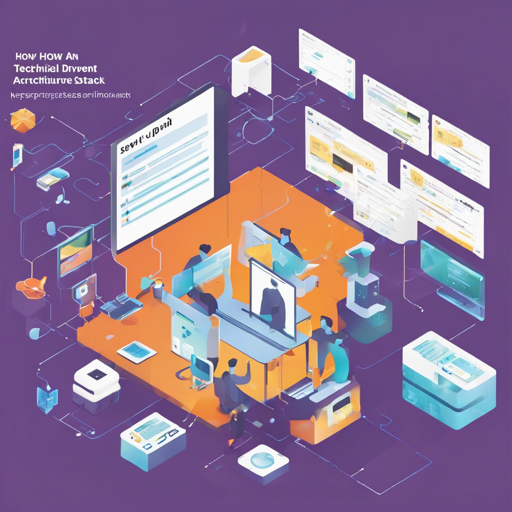Welcome to this detailed guide on how to harness the power of a modern, event-driven architecture using a full-stack monorepo setup with Node.js, React, Redis, MongoDB, and Docker. This upgraded version is designed to help you build scalable applications with ease, ensuring that every piece of your application works in harmony.
Why Choose Full-Stack JavaScript?
Using JavaScript across your entire stack has numerous benefits including:
- Unified language for front-end and back-end development.
- A rich ecosystem of tools and libraries.
- High performance with asynchronous capabilities.
Core Structure Overview
The full-stack architecture consists of several interacting services, as depicted in the diagram below:
fsja
├── backend
│ ├── api (NodeJS, PORT 8000)
│ └── database (MongoDB, PORT 27017)
├── frontend
│ ├── app
│ │ ├── mobile (React Native)
│ │ └── web (React, PORT 5000)
│ └── landing (React, Server-side rendered, PORT 3000)
└── deployment (Docker Compose)
This structure can be visualized like a bustling factory where:
- The backend is the manufacturing unit, working tirelessly to process requests and manage data.
- The frontend is the storefront, showcasing the products (your application) in an appealing way to customers.
- The deployment unit (Docker) is like the logistics team, ensuring everything runs smoothly and servers are managed efficiently.
Setting Up Your Environment
Before you can start building, make sure you have the following prerequisites installed:
- Node (v10.x)
- MongoDB (v4.x)
- Xcode (for iOS, latest)
- Android Studio (for Android, latest)
Once your environment is ready, follow these steps:
1. Clone the Repository
git clone git@github.com:atulmyfullstack-javascript-architecture.git fullstack2. Set Up the API
Execute the following commands to set up the API:
cd backend/api
cp .env.dev.example .env.local
# Modify .env.local as per your requirements
npm run setup
npm start3. Set Up the Landing Page
Navigate to the landing directory and run:
cd frontend/landing
cp .env.dev.example .env.local
npm install
npm start4. Set Up the Web Application
For the web app, do the following:
cd frontend/app/web
cp .env.dev.example .env.local
npm install
npm start5. Deploying the Application
Finally, deploy your application with Docker:
ssh yourserver.com
mkdir /var/www/fullstack
cd /var/www/fullstack
git clone git@github.com:atulmyfullstack-javascript-architecture.git .
cd deployment
docker-compose up --build -dTroubleshooting Tips
If you face challenges during the setup or operation, here are some troubleshooting ideas:
- Issue: Application does not start. Check the console for error messages, ensure all prerequisites are installed, and all environment variables are correctly configured.
- Issue: MongoDB connection failed. Make sure MongoDB is running and that the connection URL in your .env file is accurate.
- Issue: API endpoints not responding. Verify that the API server is correctly started and that you are using the right ports when making requests.
For more insights, updates, or to collaborate on AI development projects, stay connected with fxis.ai.
Conclusion
Setting up an event-driven architecture might seem daunting, but with a little patience and perseverance, you’ll master the intricacies that come with full-stack development. Don’t hesitate to dive into the resources provided and share your experiences along your development journey. At fxis.ai, we believe that such advancements are crucial for the future of AI, as they enable more comprehensive and effective solutions. Our team is continually exploring new methodologies to push the envelope in artificial intelligence, ensuring that our clients benefit from the latest technological innovations.

